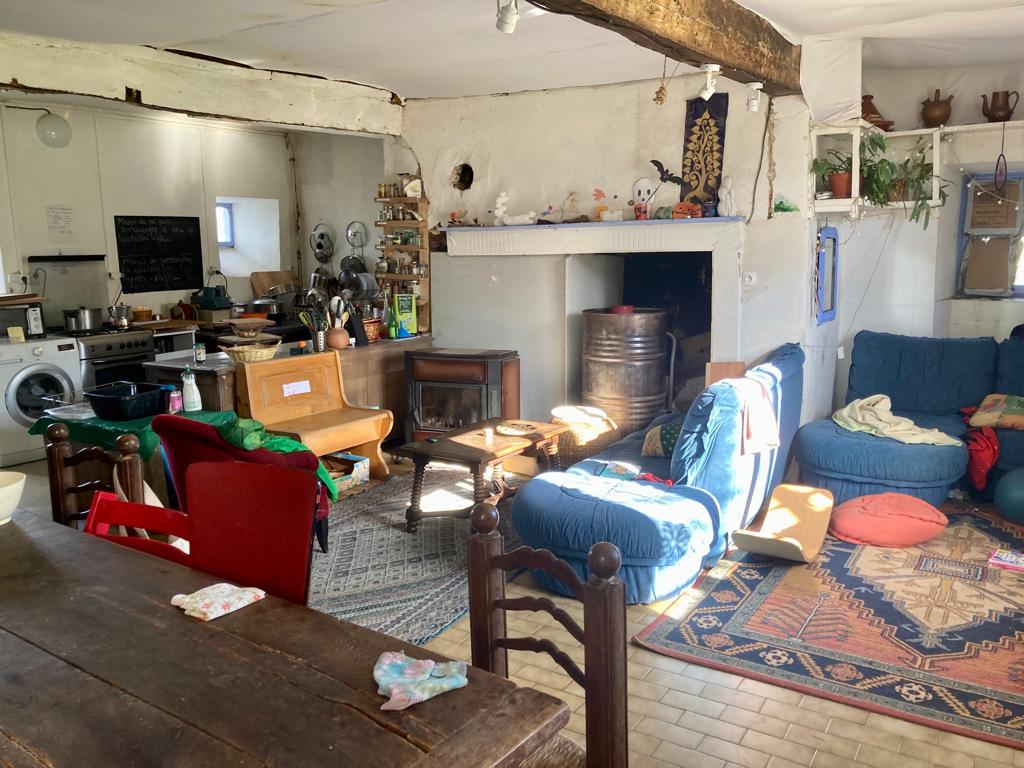Renouveler le vivre-ensemble au XXIe siècle : enquête sur le rapport aux espaces dans des habitats collectifs et légers en milieu rural
Main Article Content
Abstract
Based on immersive fieldwork conducted in four non-traditional collective housing units, this paper looks at groups of residents brought together by a common project and experimenting with a different way of living together. Of all the various alternative forms of housing that exist, this one stands out for its peculiar spatial and material forms. Built in remote rural areas, these projects feature lightweight, mobile or ephemeral dwellings organised around shared spaces. The practices of communal living and the forms of sociability and intimacy that develop in these groups are explored here, drawing on an analysis of the diversity of spaces and residents’ uses of the space. Specifically, this article illustrates the role played by the various spaces — communal, private and interstitial — and the processes involved in creating and maintaining a renewed sense of togetherness as well as, more broadly, a particular relationship with the world that is embodied in spatial forms.
Image: Polyvalence de la pièce principale, Talénaz. © Eva Nora-Couot, 2023.
Article Details

This work is licensed under a Creative Commons Attribution-NonCommercial-NoDerivatives 4.0 International License.

